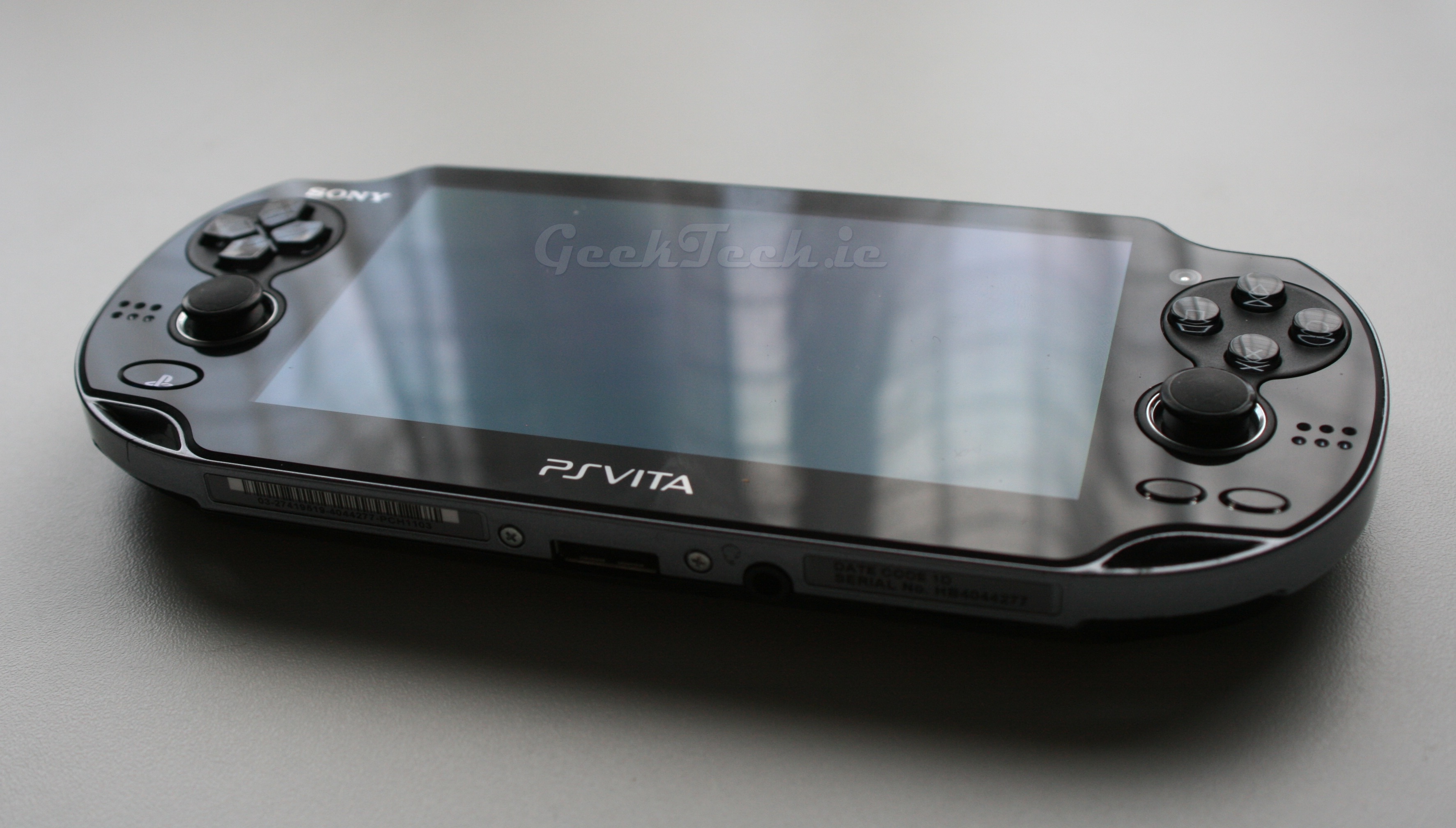The PS Vita, the newest portable gaming device from Sony in an answer for all those wishing to have console like gaming graphics on the go. This device has many changes over the original PSP and of course PSP Go. The PS Vita includes a touch screen, dual analog sticks, a rear touch pad, both a front and rear facing camera. The new PS Vita also sees the addition of a 3G version and the complete removal of the UMD or any disc based storage for gaming.
Games are now available through either the PS Vita game cards(proprietary flash-based) and there is also the option to download games from the PlayStation store and save said games on a memory card, which does have its own slot. The memory cards come in three different sizes, 4GB, 8GB and 16GB. There is a 32GB memory card available in Japan and it’s easy to assume that it will be soon available everywhere else. These memory cards are again completely proprietary and are only made by Sony. Let’s quickly take a look at the specifications of the PS Vita.
- CPU – ARM® Cortex™- A9 core (4 core)
- GPU – SGX543MP4+
- External Dimensions – Approx. 182.0 x 18.6 x 83.5mm (width x height x depth) (tentative, excludes largest projection)
- Screen – (Touch Screen) 5 inches (16:9), 960 x 544, Approx. 16 million colors, OLED. Multi touch screen (capacitive type)
- Rear Touch Pad – Multi touch pad (capacitive type)
- Cameras – Front camera, Rear camera
- Sound – Built-in stereo speakers, Built-in microphone
- Sensors – Six-axis motion sensing system (three-axis gyroscope, three-axis accelerometer), Three-axis electronic compass
- Location – Built-in GPS Wi-Fi location service support
- Keys / Switches – PS button – Power button
- Directional buttons (Up/Down/Right/Left)
- Action buttons (Triangle, Circle, Cross, Square)
- Shoulder buttons (Right/Left) Right stick, Left stick, START button, SELECT button, Volume buttons (+/-)
- Wireless Communications – Mobile network connectivity (3G), IEEE 802.11b/g/n (n = 1×1)(Wi-Fi)(Infrastructure mode/Ad-hoc mode), Bluetooth® 2.1+EDR (A2DP/AVRCP/HSP)
So the hardware specs. The processor is the Quad-Core A9 by Arm and also has a Quad Core GPU which is made by PowerVR. These two pieces of hardware are what Sony is stating brings console like graphics to the portable gaming scene. Now something needs to be noted here, one of the four cores on the CPU is not accessible by apps and games. The reason for this is probably to make sure the menu system always has a core to its need and you should also note that you can leave an entire game in memory and then return to after browsing the system menu.
There is a lot of hardware to talk about so we are going to do that in a series of pictures detailing each section of the device as we go along. So click over to the next page to continue with the review.

